5 Note-Taking Methods to Take Better Notes in Class
Just because your handwriting is considered impeccable or your organization skills exemplary doesn't mean you naturally possess the right note-taking skills that would boost your level of understanding in class. While you may think that your traditional 'write everything and read later' strategy has helped you survive through the various levels of education, you might want to learn a few practical note-taking methods that could have a significant impact on your learning ability in the following ways:
• Organizes your notes better.
• Reducing reviewing time when tests or exams draw near and, therefore, lowers stress levels.
• It helps learners better understand the concept as they focus on the primary points of the topic discussion.
• Reduces the workload intended for reviewing rather than trying to cram everything.
It's about time you started taking better study notes using the following five useful notes taking methods:
This method allows learners to efficiently organize their notes and get a better understanding of the topic's concept. EdrawMind is one of the best softwares that offer quality solution to this method of note-taking.
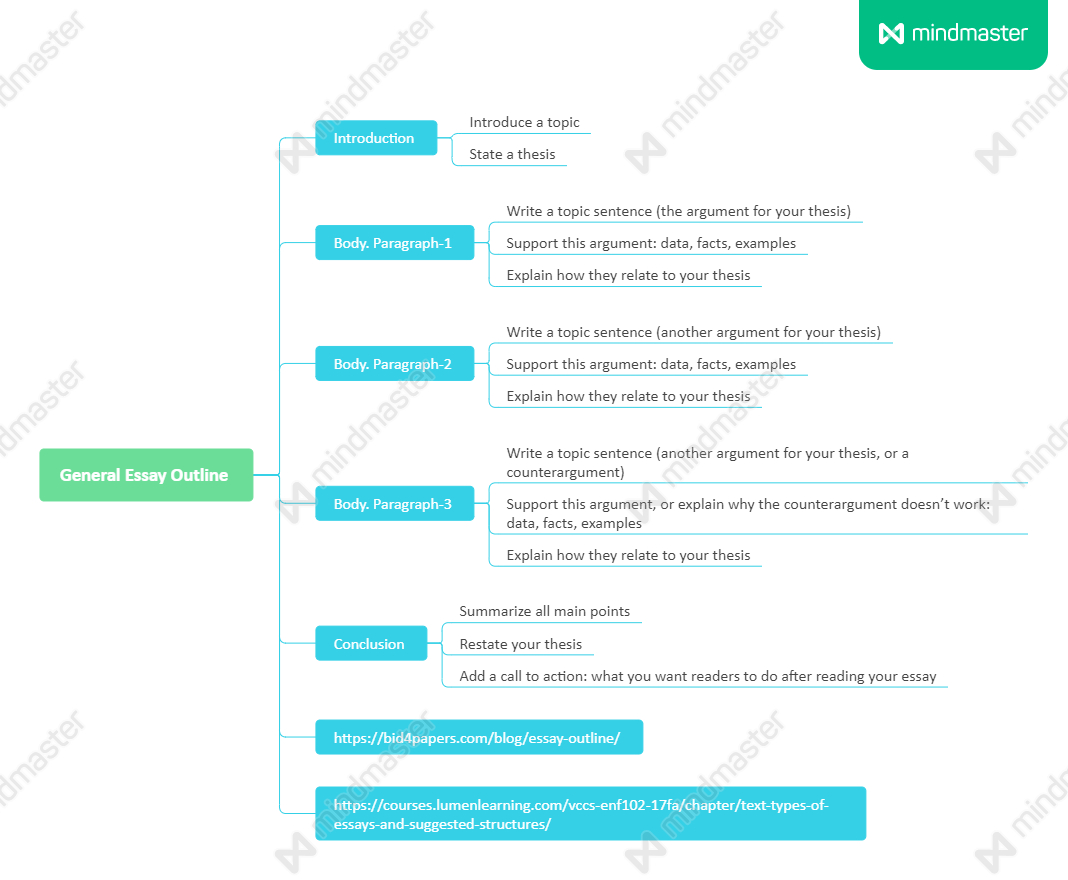
When to use
Whenever you find yourself in a lecture or class whose topic discussion contains many details, more specifically theoretical subjects, this method would prove to be quite useful. Your notes would be more organized. The workload for review would be significantly reduced. You would better connect the points taught to find the prevailing relationships between the topics included.
While the method has proven to be highly effective during lectures, whereby lots of notes are dictated to the students, it can be ineffective when used in classes requiring lots of formulas and diagrams.
How to use
• Of course, you would have to begin with the main topic at the top of the page.
• Your points should in bullet form and based on efficient space indentation.
• Major points should be placed furthest to the left.
• Specific points should be indented further to the right.
Have you ever tried representing your notes in the form of an octopus whose legs point out to the subtopics or specific points under a subject's essential topics? Well, it doesn't necessarily have to look like an actual octopus, as this was just a little comparison. It could look something like the picture below:
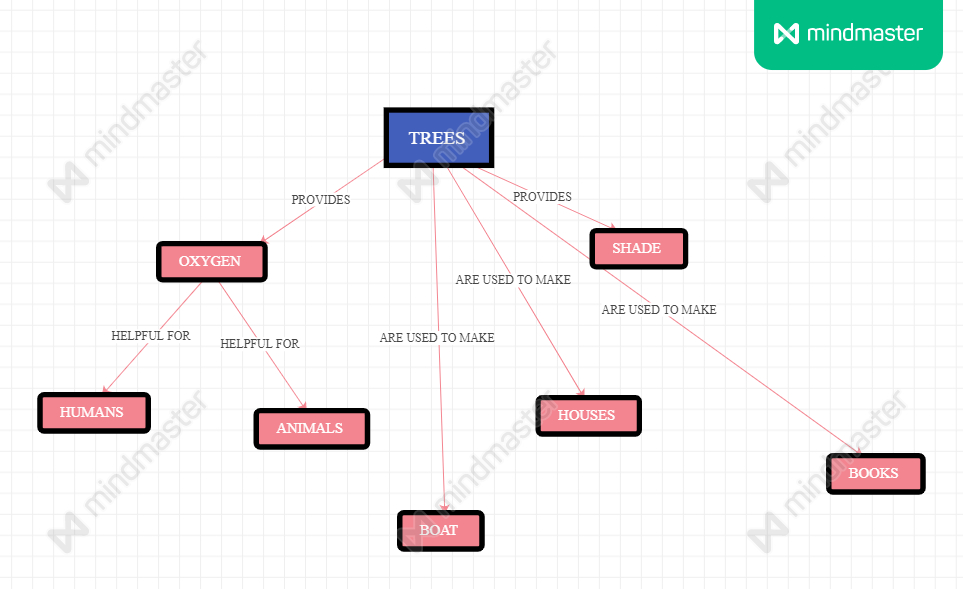
When to use
This technique is useful when learning about the various relationships between different topics. It can also be used whenever you don't know how the lecture would be presented, as it's your first class or a new lecturer. It is a visual or graphic way of organizing your notes and can sufficiently summarize pages of content under one diagram.
Learners can also use this note taking method together with others such as outline and Cornell, which will be discussed shortly better to understand the existing relationships between topics and subtopics. Similarly, editing this study guide is quite simple as it only requires you to add or remove points without distorting any information that may change the concept altogether.
How to use
• Start with the main topic framed in a circle or shape of your choice.
• Branch subtopics out of the main topic and frame them too. You can have more than two subtopics based on your notes.
• Write down any important details under the relevant subtopics.
This type of note-taking method enables the learners to think more critically about the primary concepts than transcribing every detail from a lecture. With it, students can retain more information and have their notes already organized even before they start writing, making room for easy retrieval of specific information.
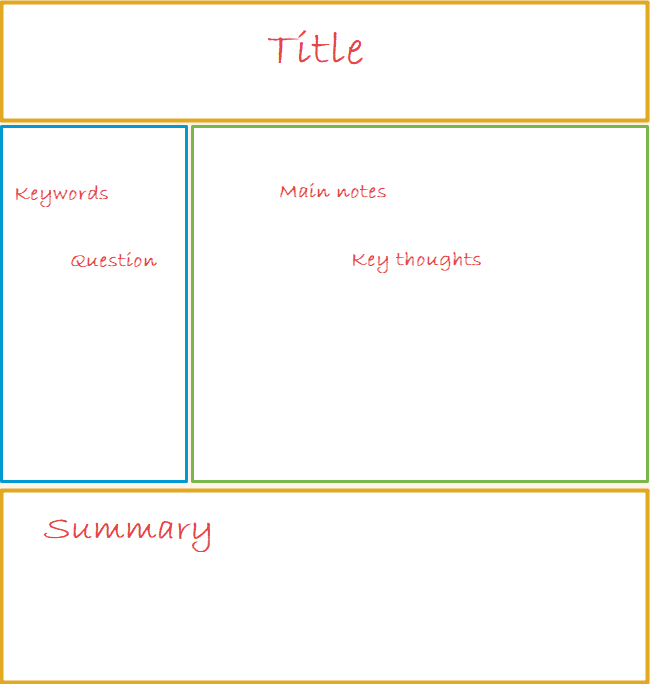
When to use
This method is ideal for use in any lecture environment or whenever the learners try to keep up with the teacher's speed and have no time to grasp every concept fully. It has proven to be quite useful because all the key points, study cues, and full details of the lecture are located on one page, allowing students to organize their notes easily and identify significant concepts in a discussion topic.
How to use
• Divide the page into three or four sections, as shown in the image above.
• As usual, you should start with the title of the page or topic.
• It would help if you took down the original notes in the largest sector during class time, preferably using easily recognizable abbreviations.
• The other two sections are meant to be filled after class.
• In the keyword section, you would need to write points to remember and formulate study questions, if necessary, to help recall your answers.
• In the summary part, you would need to summarize the entire topic's contents by highlighting the critical points in a few words.
Just as the name suggests, this method requires the learner to put their notes in boxes. Every page of their notes would be filled with boxes which would further be full of relevant content to the topic discussion.
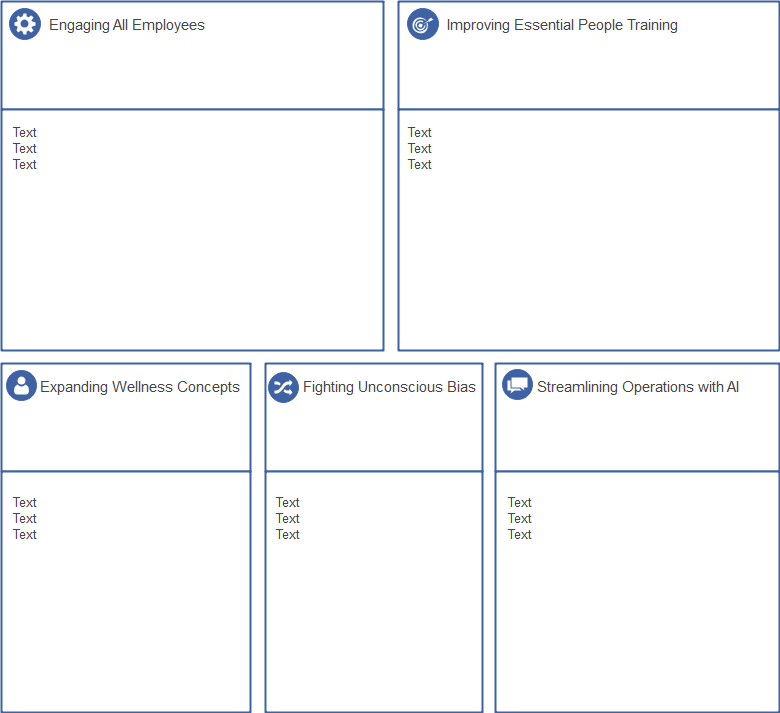
When to use
This note taking method is best used after the lecture when reviewing your notes because it doesn't give the scholar enough time to draw the boxes when the actual lecture is ongoing. However, they can be suitable for learners with classes that may be split into various sections but somehow related. They can also be used when the learner has limited time to summarize their notes before a test since graphical representations are always easy to recall.
The method forces one to be more attentive during a lecture as they try to identify the critical points of the discussion used in the boxes.
How to use
• Identify the main topic as well as relevant subtopics.
• The title or main topic should be at the top of the page.
• Under each subtopic, note down key points in the form of a list and frame each subtopic with its relevant information in a box.
This method utilizes columns to organize the learner's notes. The pages are divided into columns under which different subtopics are further summarized with relevant points highlighting the subtopic's essential details.
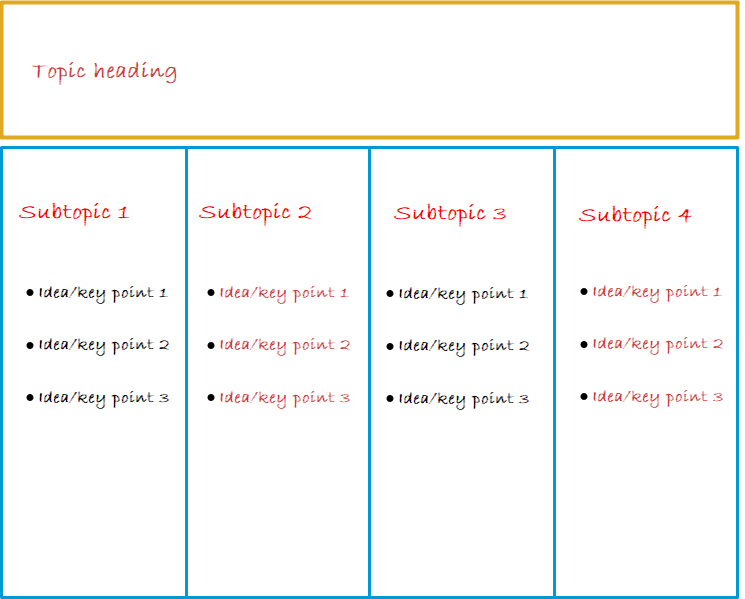
When to use
This method is quite useful whenever there are various subtopics under the main topic, each of which contains many vital points. The points here are organized logically, enabling the learner to review their work quickly.
How to use
• Divide the page into columns, and under each column, indicate the necessary subtopic.
• Whenever relevant information about any of the subtopics is mentioned, could you write it down in its right column?
• Whenever a new topic starts, move to a new page and start the process again.
If you're finding it hard to retain information learned in a lecture or class and recall it during a test, perhaps it may be time to change the way you study, and the first step would be changing the methods in which you take notes. These five notes taking methods have proven to be quite effective strategies when it comes to creating simple and easy to understand study guides. Reduce your workload by more than half by summarizing your notes using these methods, and with the right attitude, your grades will improve.





